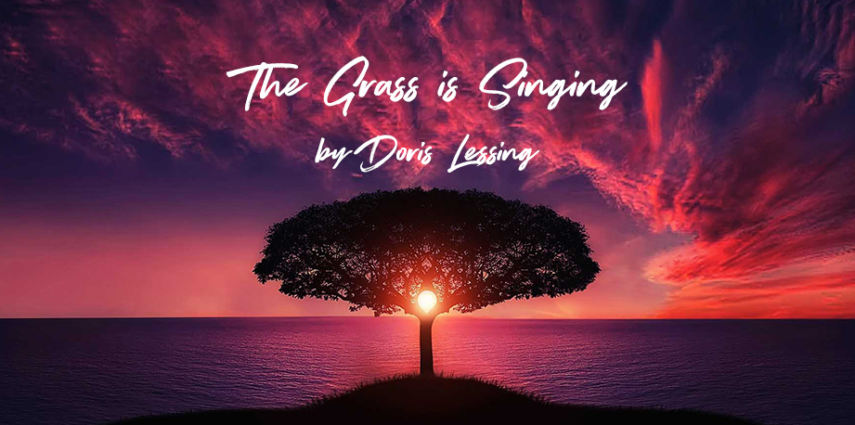Seguro que has oído la palabra Brexit alguna vez pero, ¿todavía no estás seguro de qué es? Lee este artículo de la BBC y descúbrelo.
Tipo de texto: artículo (adaptado)
Nivel: Upper-Intermediate / Advanced
Fuente: https://www.bbc.com/news/uk-46318565
Brexit: Your simple guide to the UK leaving the EU
Feeling a little lost on Brexit? Never really got your head around it in the first place? Let us walk you through it.
What is Brexit?
Brexit is short for «British exit» – and is the word people use to talk about the United Kingdom’s decision to leave the European Union (EU).
What is the EU?
The European Union (EU) is a political and economic union of 28 countries which trade with each other and allow citizens to move easily between the countries to live and work.
The UK joined the EU, then known as the EEC (European Economic Community), in 1973.
Why is the UK leaving?
A public vote – called a referendum- was held on Thursday 23 June 2016 when voters were asked just one question – whether the UK should leave or remain in the European Union.
The Leave side won by nearly 52% to 48% – 17.4m votes to 16.1m – but the exit didn’t happen straight away.
It was due to take place on 29 March 2019 – but the departure date has been delayed.
What has happened so far?
The 2016 vote was just the start. Since then, negotiations have been taking place between the UK and the other EU countries.
The discussions have been mainly over the «divorce» deal, which sets out exactly how the UK leaves – not what will happen afterwards. This deal is known as the Withdrawal Agreement.
What does the withdrawal agreement say?
The withdrawal agreement covers some of these key points:
- How much money the UK will have to pay the EU in order to break the partnership – that’s about £39bn
- What will happen to UK citizens living elsewhere in the EU, and equally, what will happen to EU citizens living in the UK
- How to avoid the return of a physical border between Northern Ireland and the Republic of Ireland when it becomes the frontier between the UK and the EU
A length of time, called the transition period, has been agreed to allow the UK and EU to agree a trade deal and to give businesses the time to adjust. That means that if the withdrawal agreement gets the green light, there will be no huge changes between the date of Brexit and 31 December 2020.
Another, much shorter, document has also been drawn up that gives an overview of what the UK and EU’s future relationship will be in the longer term. This is the political declaration. However, neither side has to stick exactly to what it says – it is a set of ambitions for future talks.
The deal was agreed by the UK and the EU in November 2018, but it also has to be approved by British MPs.
Have MPs backed the Withdrawal Agreement?
Well, no. They have voted against it three times. On 15 January they rejected the deal by 432 votes to 202 – a record defeat. Then on 12 March, after Theresa May had gone back to the EU to secure further legal assurances, they rejected it again.
And on 29 March – the original day that the UK was due to leave the EU –MPs rejected it for a third time (this vote was slightly different as it did not include the political declaration).
Is that why the UK didn’t leave on 29 March as planned?
Yes. As MPs did not approve Theresa May’s withdrawal deal, the prime minister was forced to ask other EU leaders to delay Brexit.
The new deadline is 31 October. However, the UK can leave before then if the prime minister can somehow get her deal approved by Parliament.
Why do people oppose the deal?
There are a broad range of complaints, many of which claim the deal fails to give back to the UK control of its own affairs from the EU.
One of the biggest sticking points has been over what happens at the Irish border.
Both the EU and UK want to avoid the return of guard posts and checks, so something called the backstop- a sort of safety net – was included in the deal.
What is the backstop?
The backstop is meant to be a last resort to keep an open border on the island of Ireland – whatever happens in the Brexit negotiations.
It would mean that Northern Ireland, but not the rest of the UK, would still follow some EU rules on things such as food products.
Could Brexit actually not happen at all?
It is still written into law that the UK will be leaving, even though the deadline has shifted.
The European Court of Justice has said the UK could cancel Brexit altogether without the agreement of other nations, but politically, that’s not likely to happen.
What happens if the UK leaves without a deal?
«No deal» means the UK would have failed to agree a withdrawal agreement.
That would mean there would be no transition period after the UK leaves, and EU laws would stop applying to the UK immediately.





